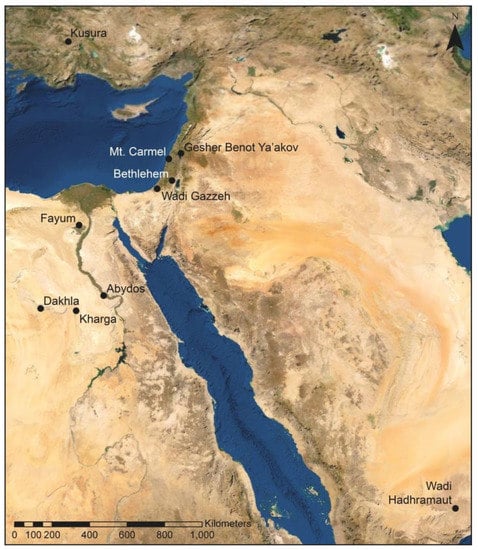Women in Geosciences: Past, Present, and Future
A topical collection in Geosciences (ISSN 2076-3263).
Viewed by 11029Editor
Interests: geochemistry; stable isotopes; radiogenic isotopes; water-rock interaction processes; unconventional oil and gas exploration; coal bed methane; thermal and fluid flow histories of sedimentary basins; carbon sequestration; greenhouse gas technologies; hydrothermal systems; carbon cycle; sulphur cycle
Topical Collection Information
Dear Colleagues,
The geosciences emerged as a separate discipline in the late eighteenth century, with an initial focus on the identification of minerals, rocks, and fossils and mapping of their distribution. Classical geology was largely observational and aimed to determine the history of the Earth and to both locate and exploit Earth resources. It was heavily field-based, which provided a challenge for women geoscientists limited by social expectations; nevertheless, many mostly amateur women geoscientists made significant contributions to geology, mineralogy, and paleontology through the nineteenth century.
The development of the radiometric age dating in the early twentieth century was a major watershed for the geosciences, with chemistry and physics increasingly coopted to solve geological questions leading to the discovery of plate tectonics. Entering the twenty-first century, there was a greater focus on sustainability and interdisciplinary scientific research under the banner of Earth Systems Science.
The expansion of public education through the twentieth century resulted in an increasing number of women obtaining professional geosciences qualifications; however, employment opportunities were still limited, and many women had to resign following marriage up until the 1970s. The number of professional women geoscientists has increased rapidly since that time, as has the breadth of employment opportunities. Nevertheless, women geoscientists remain underrepresented at the higher levels in industry and academia to the present day.
In recognition of this situation, the open-access journal Geosciences is hosting a Topical Collection to showcase the achievements of women in the geosciences and provide opportunities for women geoscientists at all stages of their careers to publish original results and review and perspective articles that focus on current knowledge and future issues and opportunities in a particular field. Articles that document the contribution of individual women geoscientists to the new topics that have emerged in the geosciences are also welcome, but these should be thoroughly grounded in the state of knowledge in the specific field of endeavor.
Prof. Dr. Suzanne Golding
Collection Editor
Manuscript Submission Information
Manuscripts should be submitted online at www.mdpi.com by registering and logging in to this website. Once you are registered, click here to go to the submission form. Manuscripts can be submitted until the deadline. All submissions that pass pre-check are peer-reviewed. Accepted papers will be published continuously in the journal (as soon as accepted) and will be listed together on the collection website. Research articles, review articles as well as short communications are invited. For planned papers, a title and short abstract (about 100 words) can be sent to the Editorial Office for announcement on this website.
Submitted manuscripts should not have been published previously, nor be under consideration for publication elsewhere (except conference proceedings papers). All manuscripts are thoroughly refereed through a single-blind peer-review process. A guide for authors and other relevant information for submission of manuscripts is available on the Instructions for Authors page. Geosciences is an international peer-reviewed open access monthly journal published by MDPI.
Please visit the Instructions for Authors page before submitting a manuscript. The Article Processing Charge (APC) for publication in this open access journal is 1800 CHF (Swiss Francs). Submitted papers should be well formatted and use good English. Authors may use MDPI's English editing service prior to publication or during author revisions.
Keywords
- Planet Earth dynamics
- Biogeochemical cycles
- Ocean and surface environments
- Earth resources
- Natural hazards
- Environmental change






